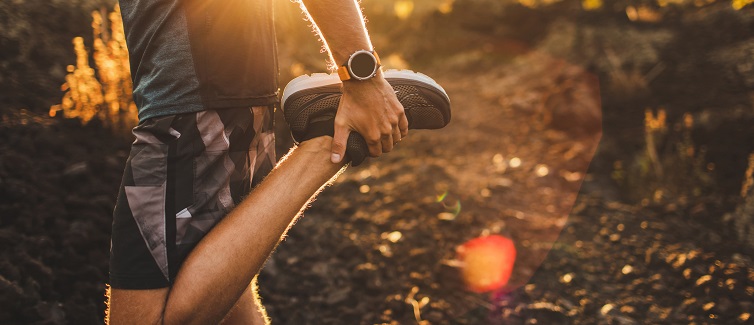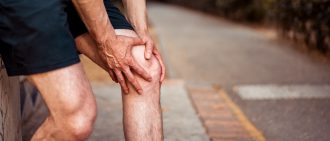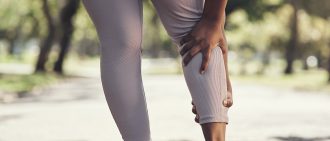Marathon training, just like any other physical activity, comes with its own set of risks. Here, we’ll teach you about some of the most common running injuries and how to prevent them. If you do happen to get injured while training, our sports medicine experts are here to get you back on the road as quickly as possible! We’ve compiled a few of our running injury and prevention blog posts from the past to give you a one stop shop for running injury and prevention information.
In this article you’ll learn:
- How to prevent the 3 most common running injuries
- How to prevent “runner’s itch”
- What Runner’s Knee is and how you can prevent it
- The difference between a sprain and a strain
-
3 Common Running Injuries and How to Prevent Them
Do you know the 3 most common injuries? Ilotibial Band Syndrome (ITBS), Runner’s Knee, and Plantar Fasciitis are very common among runners, especially newer ones who may do too much, too soon. Learn about what causes these running injuries and what you can do to strengthen your body in order to prevent them.Learn More
-
Why Do My Legs Itch When I Run?
Ever get really itchy legs while you’re running? Read on to find out how this happens and what you can do to prevent or relieve it!Learn More
-
5 Steps to Prevent Runner’s Knee
Runner’s Knee is generally characterized as a dull, achy pain behind the kneecap. Your doctor will likely recommend rest and stopping any activities that exacerbate the pain. To help keep you from getting sidelined during your marathon training, here are five steps to help prevent it.Learn More
-
What’s the Difference Between a Sprain and Strain?
Sprains and strains are common among athletes in many different sports. Do you know the difference between them? Read more to learn about these injuries and how to recover.Learn More




